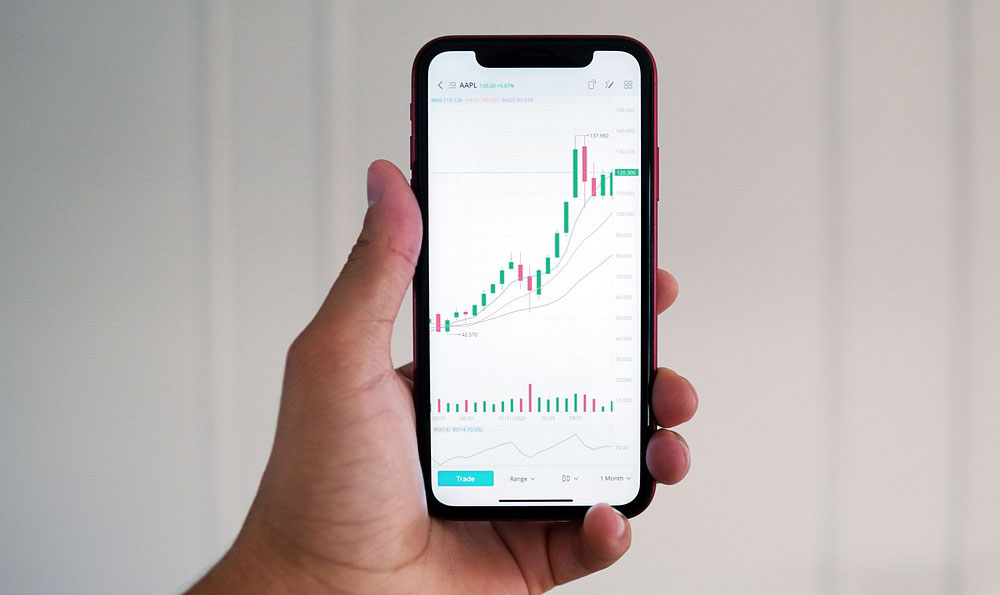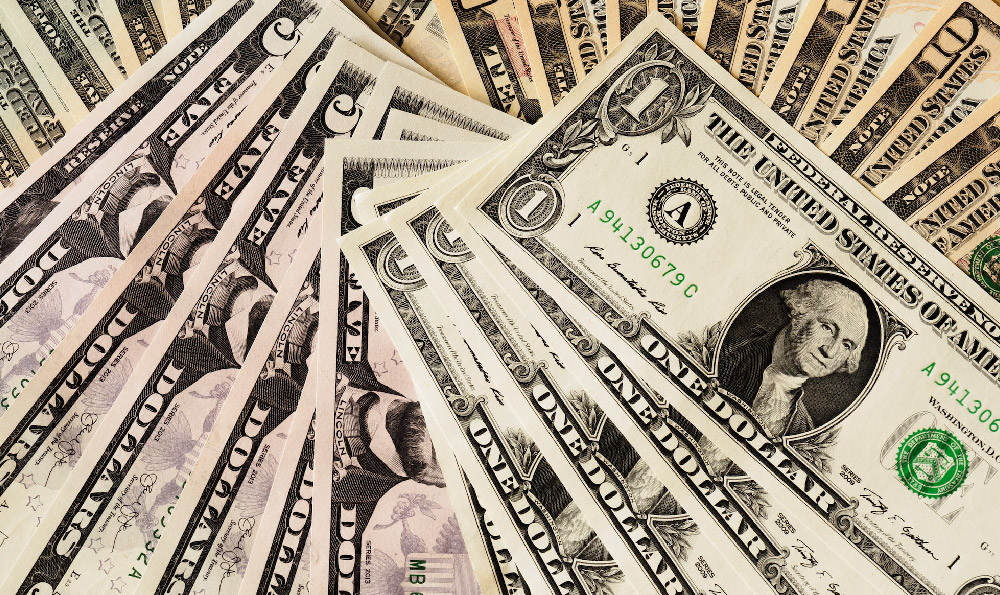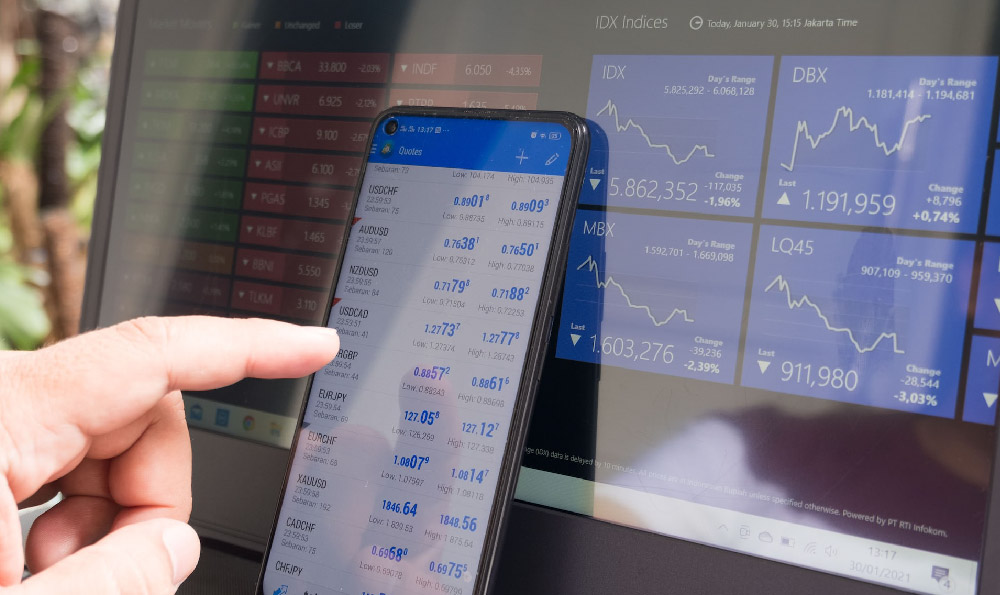Blogging has become one of the most accessible and versatile avenues for generating passive income in the digital age, offering individuals the opportunity to monetize their passions, expertise, or niche interests. However, turning a blog into a sustainable revenue stream requires more than just writing regularly—it demands a strategic approach to audience development, content optimization, and financial planning. The key lies in understanding the multifaceted nature of online monetization, aligning it with one's unique strengths, and consistently refining tactics to adapt to evolving market dynamics. Whether you're a novice with a simple blog or an experienced content creator seeking to scale your earnings, the journey involves balancing creativity with commerce, fostering trust with your readers, and cultivating a mindset of long-term growth.
At the core of successful blogging is the ability to create value that resonates with your target audience. A blog that consistently delivers informative, entertaining, or transformative content builds a foundation for monetization. This means investing time in research, crafting compelling narratives, and ensuring authenticity in every post. High-quality content not only attracts readers but also establishes credibility, which is essential for generating income. For instance, a blog focused on personal finance can monetize through affiliate partnerships by recommending financial tools or books that align with its mission, while a lifestyle blog might leverage sponsored content to showcase products that match its aesthetic or audience's needs. The critical factor is to maintain a clear purpose, as consistency in messaging fosters loyalty and encourages engagement.
Monetizing a blog begins with diversifying income streams to reduce dependency on a single revenue model. Advertisements remain a traditional method, but their effectiveness hinges on having a substantial audience. Platforms like Google AdSense or Media.net provide opportunities to earn from ads, though the returns are often modest and require traffic to be substantial. To maximize ad revenue, bloggers must optimize their content for click-through rates while prioritizing user experience. This involves strategic placement of ads, avoiding intrusive formats, and ensuring that the overall aesthetic of the blog enhances rather than detracts from its purpose. In addition to ads, affiliate marketing offers a scalable alternative, allowing bloggers to collaborate with brands and earn commissions for driving sales. Success in this area depends on choosing products that genuinely align with the blog's niche and avoiding practices that undermine reader trust, such as overhyping irrelevant offers.

Another impactful strategy involves building a community around the blog, which can be leveraged for higher-value monetization. A loyal audience not only increases engagement but also opens doors to sponsored collaborations, brand deals, and product launches. Creating a sense of belonging through comments, social media interactions, or exclusive content fosters deeper connections. For example, hosting live Q&A sessions or creating email newsletters can strengthen relationships while providing opportunities to upsell premium products or services. Monetizing a blog also includes offering digital products such as e-books, courses, or templates, which can generate recurring income and capitalize on the expertise shared in previous posts. This requires identifying a niche that allows for the creation of scalable assets and packaging them in a way that adds tangible value to the audience.
The evolution of blogging revenue models has also introduced new opportunities through platforms like Patreon or Substack, where readers can subscribe for exclusive content, early access, or behind-the-scenes insights. These platforms enable bloggers to cultivate a direct relationship with their audience, often leading to more predictable income and greater control over monetization strategies. For instance, a food blogger might offer recipe guides or cooking tutorials through a paid subscription model, while a tech blogger could provide in-depth analysis or software reviews for a fee. Success here depends on offering content that is perceived as valuable and exclusive, and on maintaining a balance between accessibility and premium pricing.
Beyond traditional methods, bloggers can explore niche-specific revenue opportunities. For example, a travel blog might monetize through affiliate partnerships with travel agencies, while a health and wellness blog could generate income through selling supplements or fitness programs. This requires not only identifying a profitable niche but also understanding the industry's monetization trends and building a brand that is difficult to replicate. It’s important to remain adaptable, as the digital landscape is constantly shifting, and what works today may not be as effective tomorrow. Regularly analyzing performance metrics, tracking engagement patterns, and experimenting with new formats or platforms can help ensure that a blog remains relevant and profitable.
Finally, the profitability of a blog is deeply tied to its long-term viability and ability to sustain growth. This means developing a strategy that prioritizes quality over quantity, investing in a consistent publishing schedule, and avoiding burnout by finding a balance between creative work and financial management. For example, dedicating time to building an email list or optimizing for search engines can create a foundation for sustainable revenue, even if the blog itself is not immediately profitable. The key is to embrace a mindset of perseverance, recognizing that building a successful blog often requires time, effort, and a willingness to refine strategies based on feedback and performance. By focusing on value creation, diversification of income streams, and continuous improvement, bloggers can unlock the full potential of their platforms and achieve financial independence.












